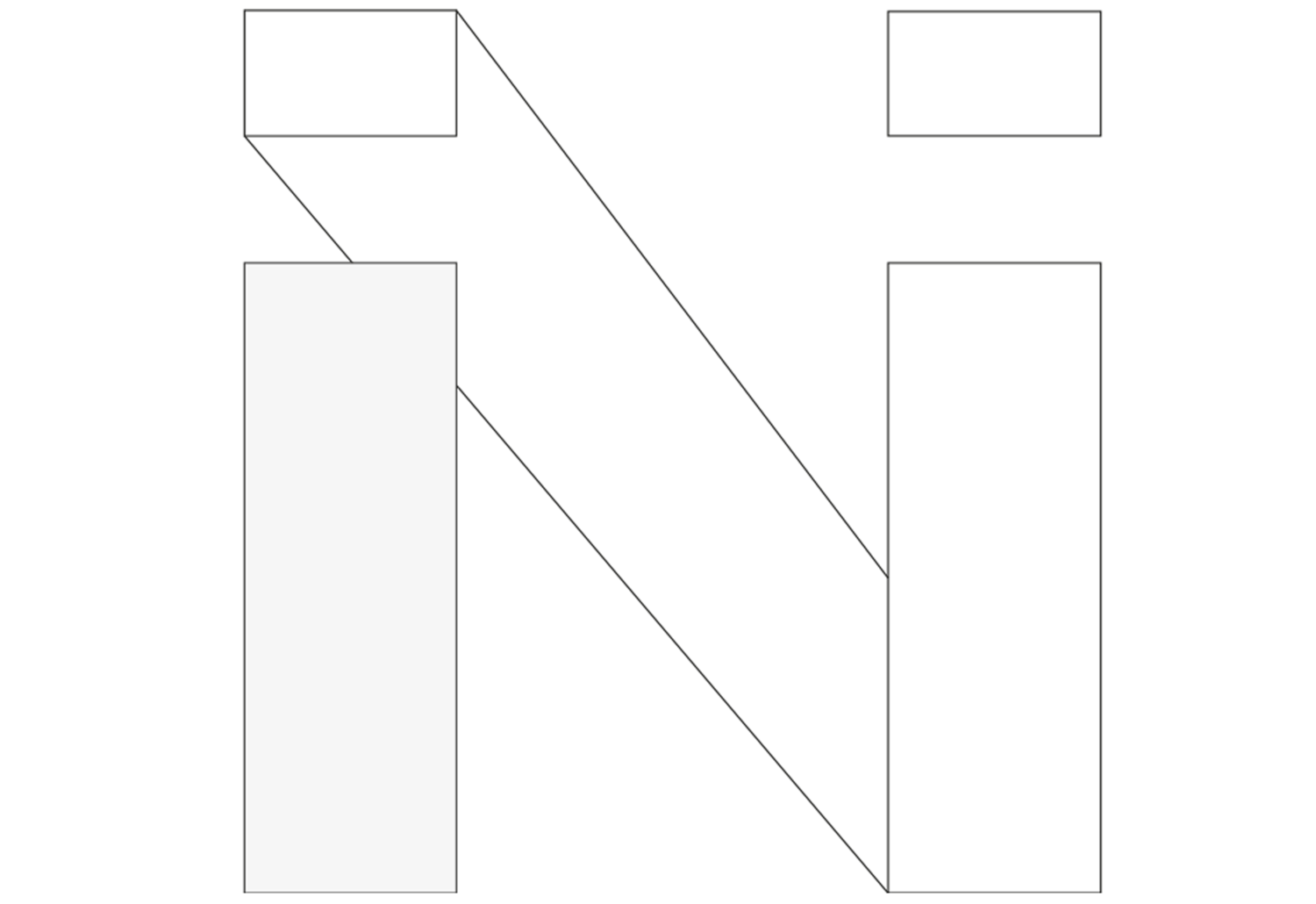IN NEED OF TRANSFORMATION | V&A - Victoria & Albert Museum, London Design Festival 2017
We define augmented reality as a material one; an augmented materiality in which we co-opt digital platforms across material driven processes.
Studio INI presents ‘In Need of Transformation’, a design experimentation investigating the compatibility of digital automation and material driven intuition in craft, to form matter that can transform itself and the space it inhabits. This work is part of our ongoing exploration of materiality and was created in response to the Digital Design theme of crossing boundaries as commissioned by the Victoria & Albert Museum.
Augmented Materiality | Augmented materiality seeks to respond to our need for transformation in the ‘rigid’ architecture of our physical designed environment. This materiality is defined by continuously transformable structures that 'form' and 'deform' themselves and the space they inhabit.
Transformation I | ‘In Need of Transformation’ uses blown glass to demonstrate this. It is blown to form, deform and reform through digital pneumatic pulsation cycles and manual interventions. The glass freezes (at ~ 500°C) at different points across its structure, allowing us to create a visual record of the process of cyclical deformation: a form of embedded logic.
Transformation II | In turn, the glass pieces become a lens to light and to the transformation of the space that they inhabit. This lens is the imprint of how the glassblown pieces were made and is unique to each piece. Through this embedded information they deform the space as they engulf, deform, redirect and project the light.
Glass, in this capacity to refract and lense its environment through light, is an ideal vector for experimenting with our ideas of augmented materiality.
Platform | From her past work, in the team that had developed a fully automated platform of 3D printed glass in the MIT Media Lab to her training in traditional glassblowing techniques, Nassia was naturally drawn to explore the world in between, where intuition and automation can coexist. The installation involves the display of glassblown pieces made through a fusion of craft and digital automation processes designed to perpetually transform the material throughout its formation. We trialed a new algorithm-based system that correlates direct handling of the glass, with automation of air pressure and suction. In this way we recast the role of the hand in the process of forming glass.
We are not seeking to make practical tools. Instead we are seeking to establish a process driven by rules rather than form. Rules of craft that abide to the inherent properties and behaviour of the material, in conjunction to rules of computation that abide to a precisely automated digital system. We used the positioning of the hand in order to provide an intuitive bridge controlling both approaches. The new process then became a cognitive game between rules and intuition, allowing us to develop a series of work that captures the evolution as the mind, hand and computational logic co-create in a symbiotic manner.
This hybrid process pushes the boundaries and explores the fringes of a designed materiality created where form is a function of the material and manufacturing process rather than process being a function of form.
Studio INI project team | Nassia Inglessis, Edward Brial, John Bertolaso, Ageliki Yiotis, Luke Walker.
